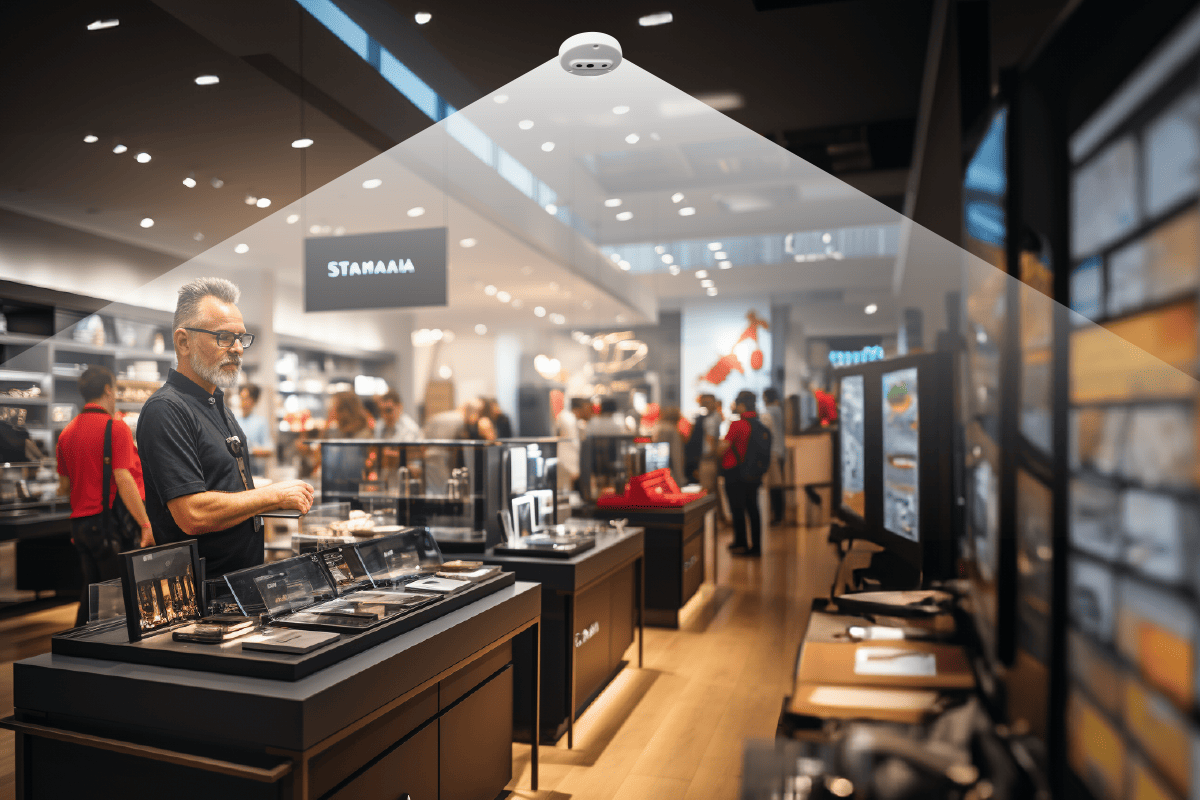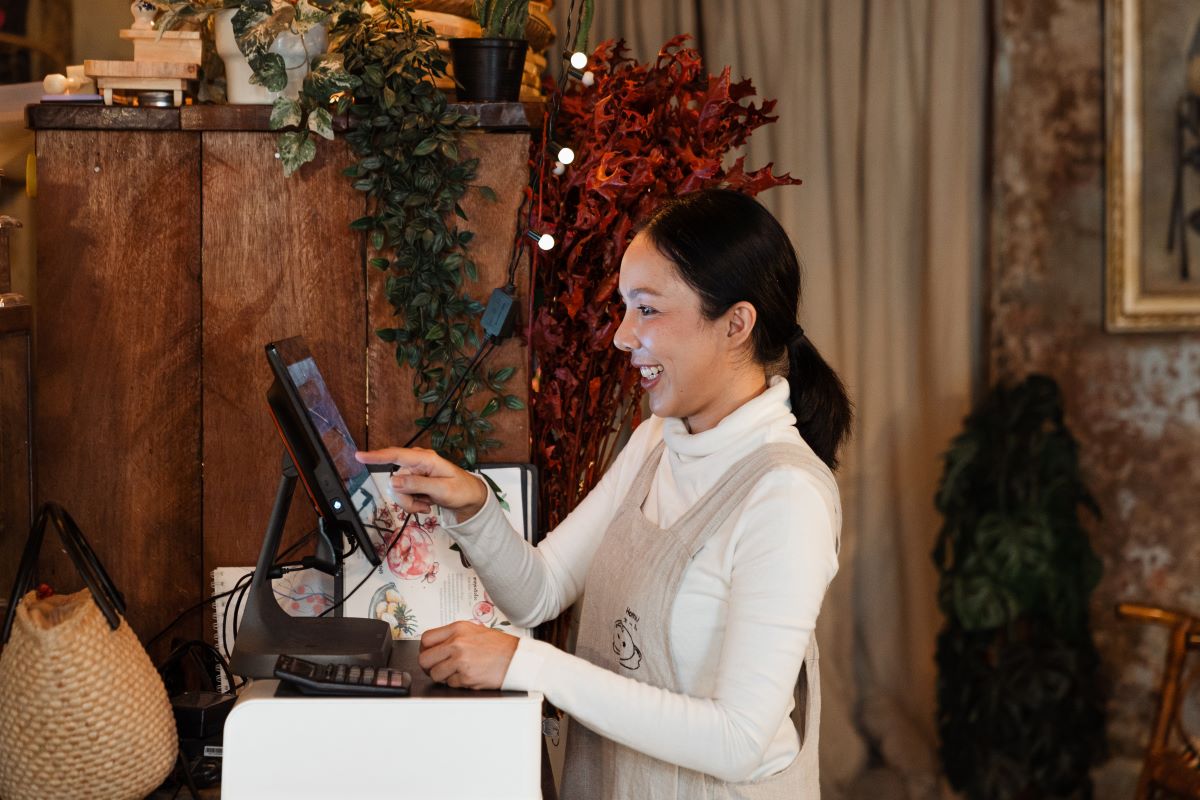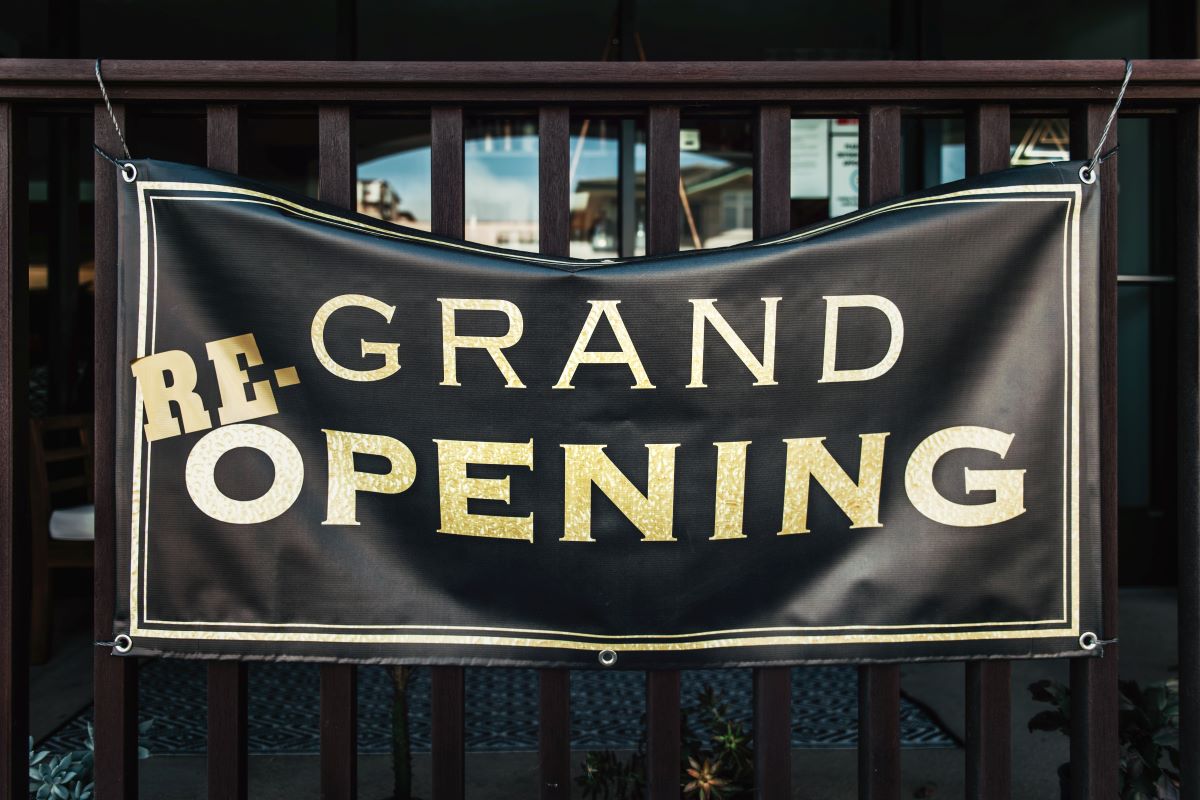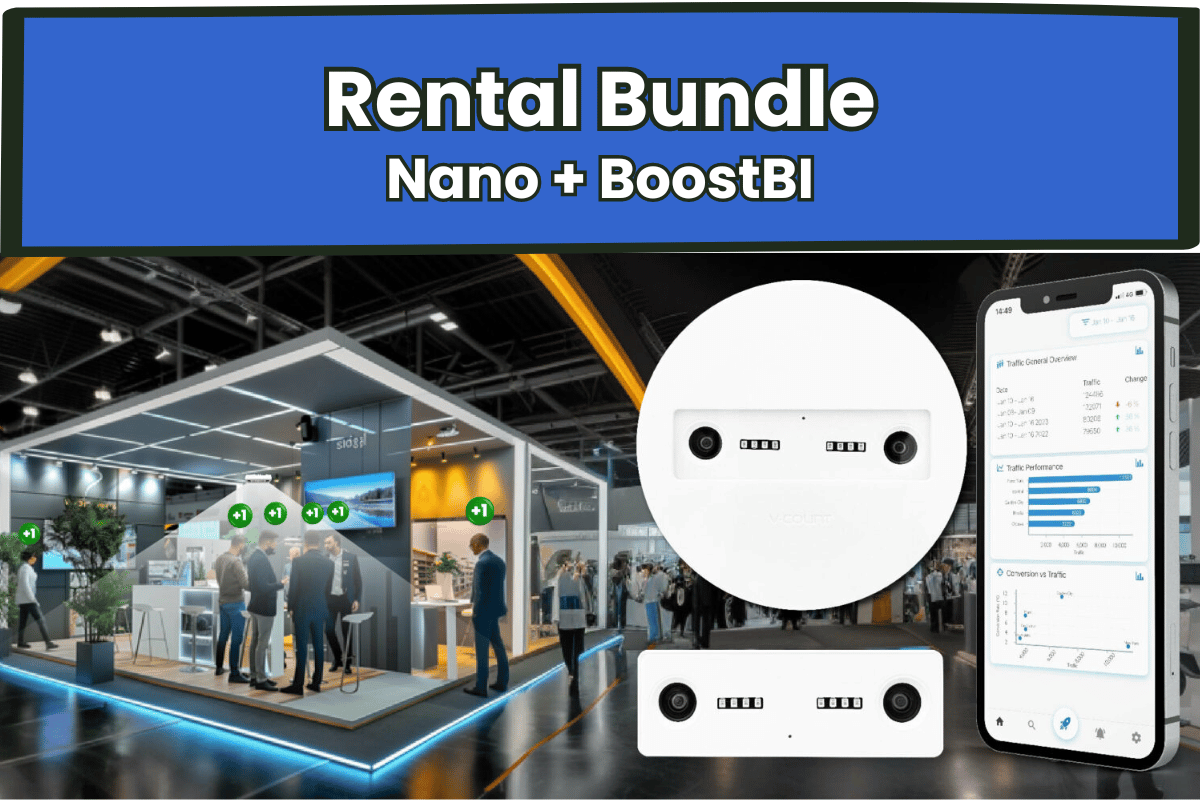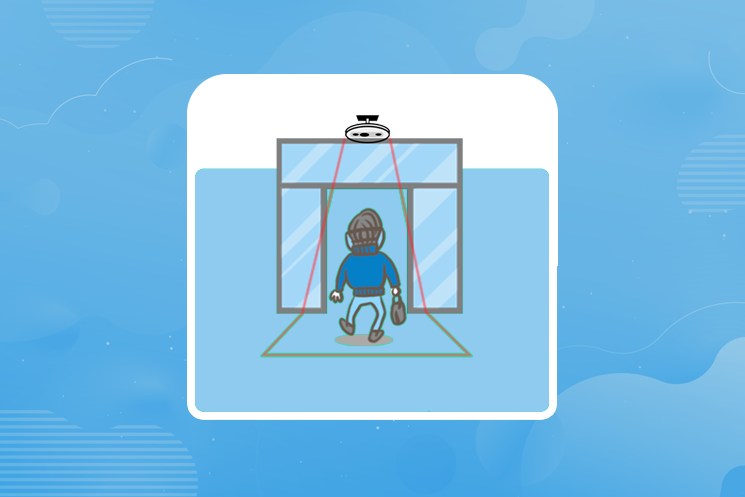A “store-within-a-store,” also referred to as a “shop-in-shop,” is an arrangement where a retailer leases a portion of its retail space to another company. This allows the second company to operate its own independent shop within the larger store.
Instead of opening a new branch, retailers position themselves within designated areas in large stores where they can showcase and sell their products. It wouldn’t be wrong to say that this is a win-win situation for both parties. The hosting store attracts more customers and benefits from rental income, while the guest store gains access to cost-effective resources. By renting a more suitable space instead of a large store, they reduce costs, attract the attention of customers visiting the large store, introduce their products, and try to increase their conversion rates.
However, despite the apparent advantages for both stores, without a people counting solution and the visitor analytics tools it brings, they cannot recognize customers who enter without knowing their demographics. Consequently, they cannot develop campaigns and strategies tailored to their customer base.
In this article, we will explore the advantages, disadvantages, and problems faced by the SWAS model, as well as how to address these issues with V-Count’s people counting solutions and analytics tools.
Table of Contents
What is Store Within a Store (SWAS)?
The concept of a “Store Within a Store” (SWAS) is a modern and innovative retail strategy where a distinct area within a larger retail establishment is specifically allocated and utilized by another brand or retailer to function as a semi-independent shop. This unique and mutually beneficial arrangement enables the guest brand or retailer to effectively display and sell its range of products within the physical boundaries of the host store.
In this setup, the guest store operates as a separate entity within the larger framework of the host store. It often maintains its own unique branding, design layout, and staff who are trained to represent the guest brand. This gives the guest brand an opportunity to create a unique shopping experience for customers within the larger store.
This strategic approach is employed by brands and retailers for a variety of reasons. One of the primary advantages is that it allows for the expansion of market presence without the significant investment required to establish a standalone store. It provides an avenue for guest brands to reach new audiences and demographics, and to benefit from the established foot traffic and customer base of the host store.
SWAS is particularly prevalent in department stores, shopping malls, or other retail environments where multiple brands coexist under the same roof. This arrangement offers a mutually beneficial scenario for both the host and guest retailers. The host retailer benefits from an increased variety of products, potentially attracting more customers, while the guest retailer gains exposure and access to a larger customer base without the need for a significant capital outlay.
What are Some Potential Benefits of SWAS?
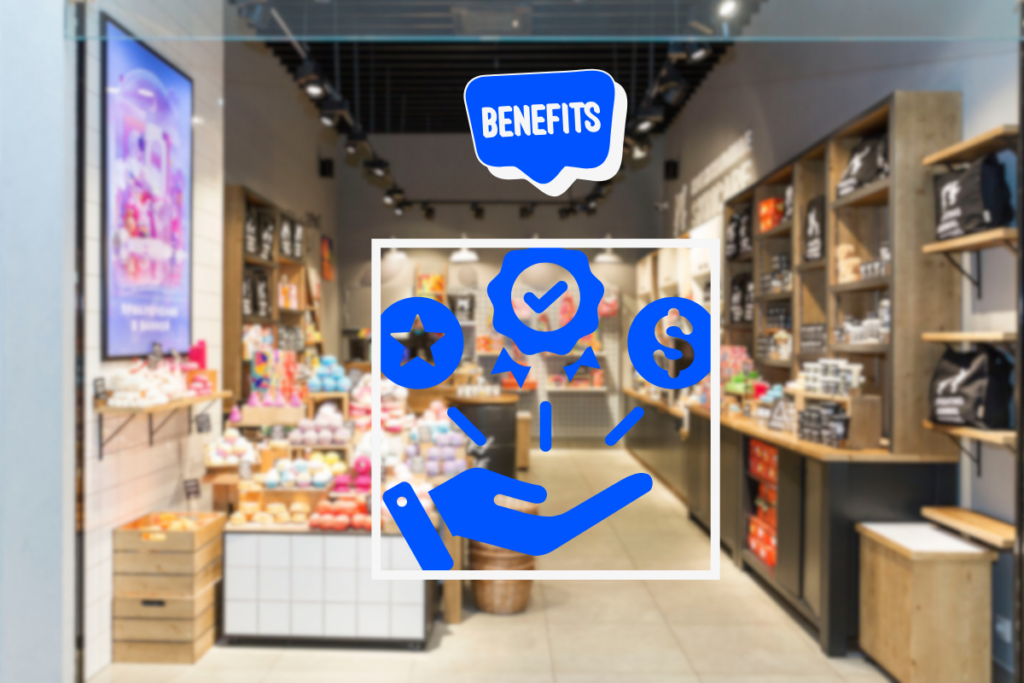
When we observe the modern retail landscape, we are led to ask, “Why are more and more brands opting for the store-within-a-store model?” This question has become increasingly relevant and pressing with the rise and proliferation of the store-in-store concept. Naturally, the answer to this query is not singular or straightforward, but rather multifaceted.
The store-within-a-store model is beneficial for everyone involved – the host store, the guest store, and especially the customers. To understand why this model is becoming popular, we need to look at it from different perspectives, starting with the guest store.
Perspective of Guest Store:
- The concept of the store-within-a-store (SWAS) represents a critical strategy for guest stores seeking to broaden their reach and appeal to diverse audiences. This approach provides a unique platform to showcase their products and services to a wider market.
- For companies that may be uncertain about the feasibility of opening large, standalone stores in specific regions, this model serves as an innovative solution. It allows them to conduct market research, and in the process, increase their visibility in regions where their presence may not be as robust.
- Economically, the guest retailer stands to gain a significant cost advantage by establishing mini stores within larger, more established stores. This strategy allows them to enjoy a retail presence at a fraction of the cost, thereby reducing substantial rental expenses.
- The guest store does not need to make extra efforts to attract customers. The foot traffic generated by the main store naturally facilitates product visibility, thereby increasing potential sales rates. This built-in customer base is a significant advantage of the SWAS model.
- Lastly, opportunities for cross-promotions with the host store present themselves. These promotional activities, when executed effectively, can further boost sales and revenues for both parties involved, creating a mutually beneficial partnership.
Perspective of Home Store:
- Host retailers employ sophisticated data analysis tools such as heatmap and zone analytics, derived from people counting solutions. These tools allow them to pinpoint low-traffic areas within their stores. Once identified, they make the strategic decision to lease these spaces, effectively transforming them from underutilized areas into productive, revenue-generating zones.
- This innovative approach generates rental income for the host retailer. Additionally, there’s a beneficial side-effect: visitors who come to explore the guest store located within the host store often find themselves browsing the larger store as well. This leads to an increase in foot traffic, and consequently, presents potential sales opportunities.
- Beyond the economic advantages, there are environmental benefits too. The sharing of costs and energy usage between the host and guest store significantly contributes to a reduction in carbon footprint. This means that not only is this approach financially savvy, it’s eco-friendly too.
- This collaborative approach goes beyond mere business strategy. At its core, it is an attempt to create a more sustainable environment. It represents a conscientious effort to promote responsible business practices that have a positive impact on the world.
Perspective of Customers:
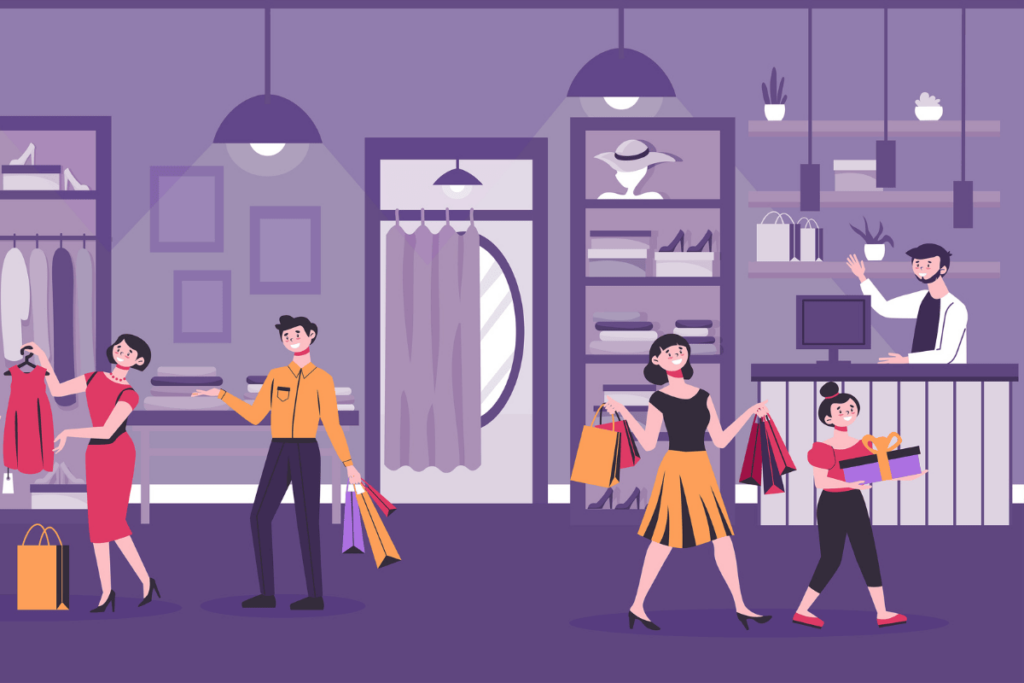
- Customers, by accessing a single store, have the opportunity to explore a wider range of products and brands. This setup not only offers them a multitude of choices but also allows them to do so in one central, convenient location. It eliminates the need to travel to various outlets, thus making shopping a more enjoyable and stress-free experience.
- Brands that operate in a Store within a Store (SWAS) model might collaborate on promotions or offer bundled discounts. This collaboration is not just beneficial for the brands in terms of drawing in more customers, but it also provides customers with substantial cost savings. Moreover, customers are also exposed to added value on their purchases, which might not have been possible if the brands were operating independently.
- The advantage of having multiple brands in one location extends beyond just the extensive variety of products on offer. It also saves customers a significant amount of time and effort. Instead of having to visit multiple stores, perhaps even in different locations, customers can find a variety of products all under one roof. This means less time spent on commuting and more time for customers to enjoy the shopping experience.
What are Some Potential Disadvantages of SWAS?
The “store within a store” (SWAS) model, where one company runs a shop inside another one’s store, has many benefits as we discussed before. Yet, it’s also important to think about possible downsides. These can include problems with branding and customer confusion, or clashes in business culture or how things are done. Remember, these downsides might not apply to everyone and can change a lot depending on the situation, how it’s done, and who’s involved.
So first let’s look at the disadvantages that this model can bring and then discuss how we can eliminate these disadvantages with people counting solutions, and also discuss the extra benefits of our solutions.
One notable challenge faced by brands operating within a larger store is the limited autonomy they have over their environment. Picture this: a brand, known for its carefully curated image, finds itself in a space where it has little control over factors such as lighting, music, and overall ambiance. This lack of control can have a tangible impact on how customers perceive and connect with the brand.
The success of brands in the SWAS model is closely linked to the performance and reputation of the main store. Basically, if the store does well or badly, the same happens to the brands inside it. If the store has problems or bad press, it also affects the brands inside.
In a big shop with many brands, competition is tough. Smaller brands have to work hard to stand out among the many products and promotions. The challenge is to catch the customer’s eye and make them remember the brand.
Last but not least, being too close to other brands and items in the same store can weaken your brand. Consider a unique, special brand sitting next to numerous other brands. The characteristics that made it stand out can get lost, potentially altering how customers perceive its value.
Despite the complexity and severity of challenges like these, we have the capacity and resources to tackle them effectively. It is through our strategic approach and steadfast determination that we are able to transform these challenges into opportunities for growth and improvementIn our next topic, we’ll explore the many ways V-Count Solutions can greatly benefit SWAS’s. We’ll explore the unique features of these solutions and how they can be leveraged to streamline operations, improve efficiency, and drive success in SWAS’s.
How Can You Increase Your SWAS’ Revenues with V-Count Solutions?
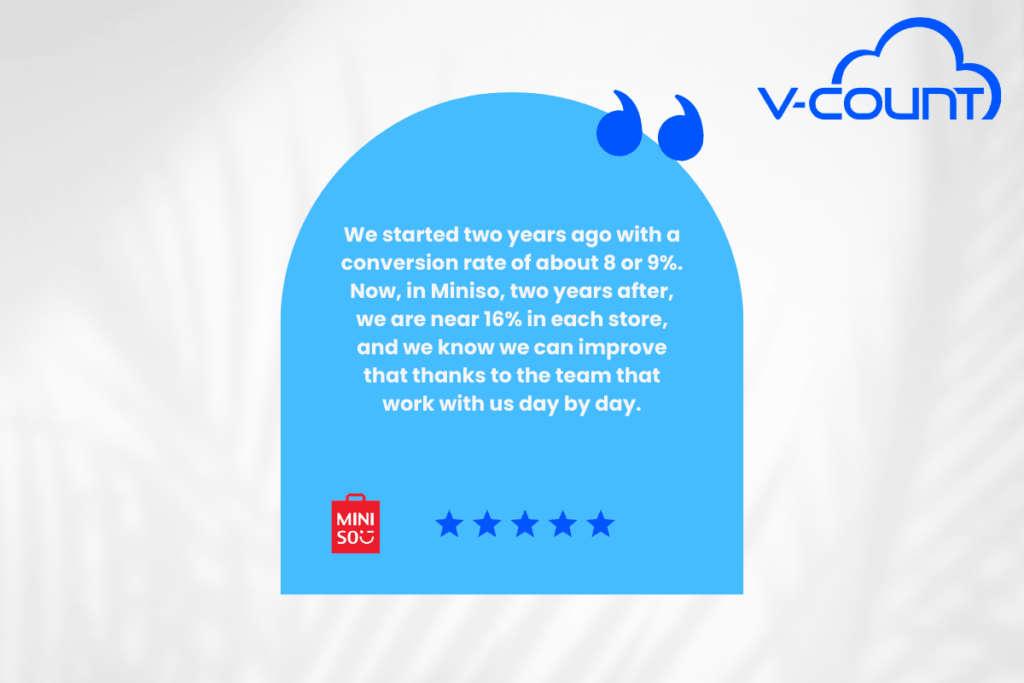
In the constantly changing world of retail and business, staying ahead requires using advanced technologies. These technologies not only make operations more efficient but also provide valuable insights. Here is where we step in. Our sensors offer up to 99.9% accuracy. Together with our visitor analytics tool, BoostBi, and our mobile app, we provide solutions that can significantly improve store performance. Utilizing our tools can increase the conversion rate by up to 41% by providing actionable insights. It can also increase footfall by up to 22% through optimized marketing, and decrease staff costs by up to 18% through strategic staff scheduling, among other benefits.
The primary issue that small and medium-sized stores (SWAS) face is the limited area they have. They often struggle with optimizing this space, choosing the right products, overcrowding, which results in a decrease in dwell time. Demographic analysis and Heatmap solutions can help resolve those issuees.
By understanding the age and gender of the customers visiting your store, you can optimize your product selection and cater to the right target audience. Additionally, Heatmap and Zone analytics can help you understand the most and least popular areas of your store and visitor flow. These solutions can optimize even a small space effectively, and increase the customers’ dwell time, potentially increasing your conversion rates by up to 15% within 60 days.
- For instance, one of our customers, a Fortune 500 company, used heatmap and zone analytics to identify the most trafficked areas of their store. They then adjusted product placement accordingly. By also analyzing age and gender data, they noticed a higher-than-usual number of women in their target audience. They responded by featuring more products for women, which led to a 1% increase in conversion rates in just 2 weeks.
One of the significant challenges encountered by the ‘store within a store’ business models is the issue of increasing foot traffic – a vital element for the survival and success of any retail operation. The primary method to enhance foot traffic is through the development and execution of effective and targeted marketing campaigns. When these campaigns are implemented appropriately, they can lead to a noticeable increase in the number of customers coming into your store. In addition to this, they also play a crucial role in improving your store’s overall visibility to potential customers.
However, the real key to amplifying the effectiveness of your marketing campaign lies in having an in-depth understanding of your customers. This entails knowing who prefers your products or services and comprehending their preferences, behaviors, and shopping habits. With this information, you can tailor your marketing strategies to suit their needs and, in turn, attract them to your store.
Our advanced people counting sensors and BoostBI provides you with the perfect tool to achieve this. It allows you to analyze the users visiting your store, understand their preferences, and gain valuable insights into their shopping behavior. By leveraging these data-driven insights, you can shape your marketing campaigns more effectively, attract the right customers, and ultimately, increase your revenues significantly.
- One of our customers, aiming to enhance the effectiveness of their marketing campaigns, optimized them through the use of our people counting solution. As a result of this process, they successfully increased footfall traffic by 22 percent.
Another significant challenge that has been encountered revolves around the issues they’re faced with while striving to decrease the operational and maintenance costs associated with these stores. This is an ongoing struggle as they’re constantly trying to balance the quality of service and products offered with the financial sustainability of their business operations.

Effective management often hinges on the right scheduling of staff members, and one of the most efficient ways to achieve this is through proper utilization of data. The BoostBı screen, using data gathered from our AI-powered sensors, provides a comprehensive view of the busiest and most comfortable hours of your store. This real-time information allows for critical insights into customer behavior and store operations.
By carefully examining this data and adjusting employee shifts accordingly, you can ensure that customer service is at its highest during peak business hours. This not only boosts customer satisfaction by ensuring that their needs are met promptly and effectively but also optimizes store operations by making sure that staff resources are allocated where and when they are needed most.
Simultaneously, during quieter hours, you can enhance employee satisfaction by deploying fewer staff members. This approach respects the work-life balance of your employees and prevents unnecessary overstaffing during off-peak hours. Apart from increasing employee satisfaction, this strategic staff deployment can also lead to significant cost reductions, as you can manage your human resources more effectively and avoid paying for unneeded labor hours.
- In fact, one of our customers wanted to optimize staff schedules to increase customer satisfaction and reduce costs. By analyzing peak hours, they optimized their staff shifts. As a result, they strategically scheduled their staff and decreased staff costs by up to 18%.
Conclusion
As a result, with the store-in-store model, which is one of the rising trends of recent times, you can open up to new markets with less cost, and with V-Count’s solutions, you can increase your revenues and maximize ROI. Get a free demo right now to learn more about us, our products and solutions.

